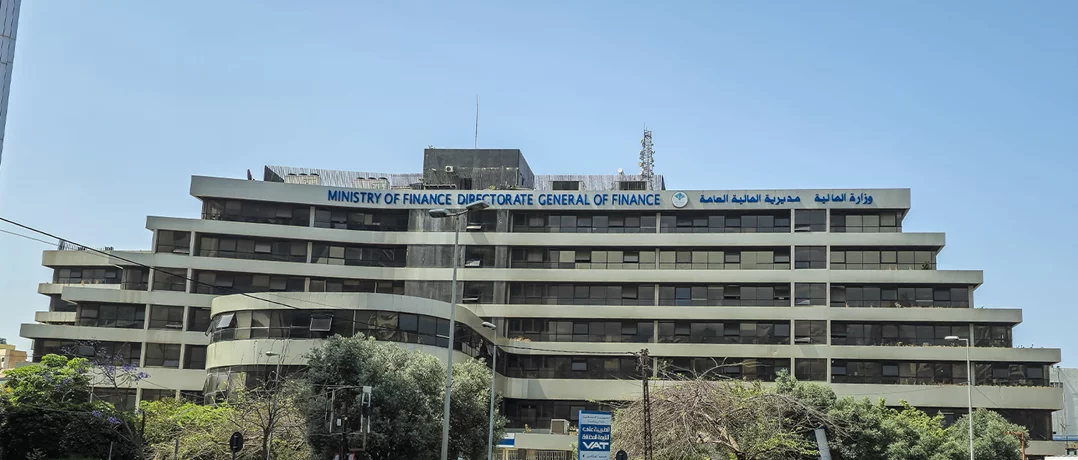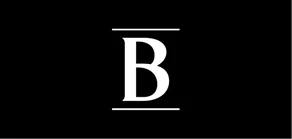Lebanon’s 2026 budget: promises of discipline but the same old recipes
Lebanon’s 2026 budget: promises of discipline but the same old recipes


Between announced fiscal discipline and familiar recipes, Lebanon’s 2026 draft budget stretches across more than a thousand pages without offering any real breakthrough. Indirect taxes, rising expenditures, and questionable exemptions dominate a document that looks strikingly similar to its predecessors.
Preparing, passing, and implementing a budget is, in theory, straightforward. Each year, the Ministry of Finance drafts the bill, the Cabinet reviews and approves it, and Parliament is supposed to pass it before the end of December. In practice, however, the process in Lebanon often resembles an obstacle course, marked by delays and political compromises. The 2026 draft budget, submitted within constitutional deadlines, is no exception: a voluminous text of 50 articles, lacking major tax reform but sprinkled with cautious signs of fiscal discipline.
How Lebanon’s budget process works
Every year, the state budget follows a constitutional roadmap. In summer, the Ministry of Finance prepares the draft in coordination with government departments. By September, the Cabinet debates, amends, and adopts it. The draft must then be submitted to Parliament by October 15, with final approval required by the end of December, ahead of the new fiscal year.
On paper, this timetable guarantees discipline and transparency. In reality, Lebanon has a long record of missed deadlines, postponements, and at times, entire fiscal years without a budget law.
The 2026 draft in numbers
The 2026 draft budget, distributed within constitutional deadlines, is a heavyweight: 50 articles. Substantively, it sticks to Lebanon’s long-standing reliance on indirect taxation, the least equitable form of revenue collection, while steering clear of genuine fiscal reform.
One effort at coherence does stand out: for the first time, all figures are based on a unified exchange rate LBP 89,500 to the dollar, as set by the central bank. The official outcome: a balanced budget on paper. Revenues have inched upward thanks to improved tax collection, but the change remains modest.
Expenditures on the rise
Proposed expenditures for 2026 amount to LBP 505.7 trillion ($5.65 billion), up 13.6% from 2025. Salaries and wages still consume the lion’s share, though one novelty appears: plans to construct new buildings for public administrations, aiming to curb the waste of costly rentals. Sensible on paper, but its effectiveness remains to be seen.
The elusive fuel tax
Finance Minister Yassine Jaber appears keen to revive the controversial fuel tax. Adopted on May 29 but suspended by the State Council on July 15, the levy had raised nearly $30 million in just weeks while driving up energy and transport costs. The minister was quick to stress that the tax had been “suspended,” not canceled.
One technical step forward is the government’s pledge to close the state’s accounts for 2021 through 2024 by year’s end an overdue measure for restoring order to public finances.
Lebanon’s 2026 budget once again tells a familiar story: many pages, few reforms. Behind official promises of discipline and rigor, the fundamentals remain unchanged. The tax burden continues to weigh disproportionately on lower-income households, while obvious revenue sources are left untapped. Lebanon may be improving in form, but in substance, it remains stuck in place.


